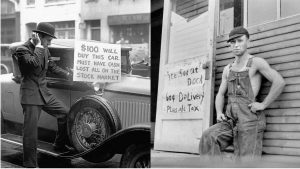What a dollar could buy you in the 1950s
Ah, the 1950s! A time when rock ‘n’ roll was king, Elvis Presley was the heartthrob of the nation, and families gathered around black-and-white television sets for the latest episode of “I Love Lucy.” This decade was a period of post-war prosperity, marked by a booming economy and a sense of optimism. People were embracing new technologies, yet there was a comforting simplicity to everyday life. From soda fountains to drive-in theaters, let’s take a stroll down memory lane and explore some beloved facets of the 1950s.
The Iconic Soda Fountain Experience
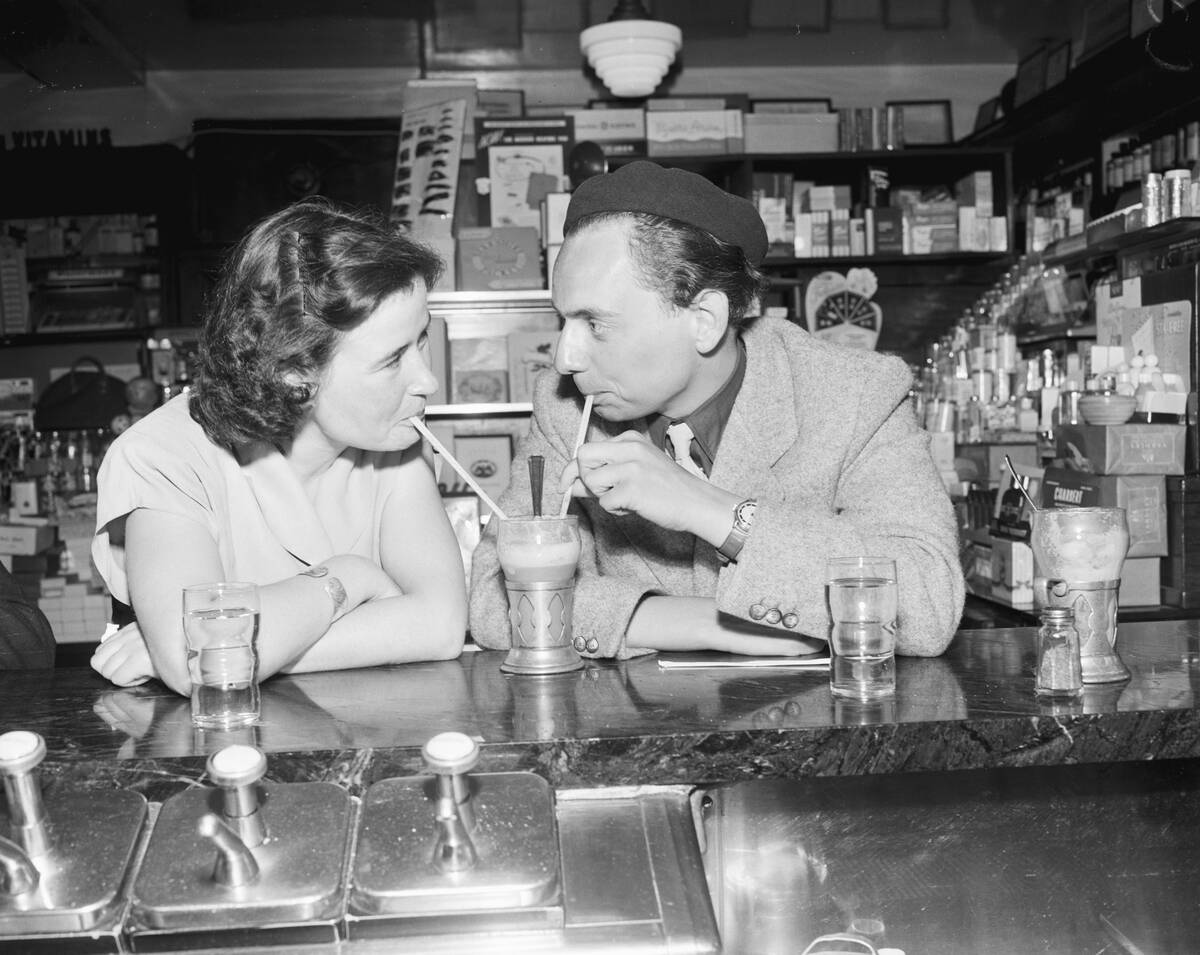
Nothing screams 1950s Americana quite like the neighborhood soda fountain. These charming spots served as social hubs where teenagers sipped on root beer floats and shared dreams of the future. A typical soda fountain menu featured a variety of sweet treats, including ice cream sodas and banana splits, all for just a few cents. The soda jerk, with his white paper cap and nimble hands, was a master of his craft, mixing syrups and soda water with flair.
A Movie Ticket to Hollywood’s Golden Era
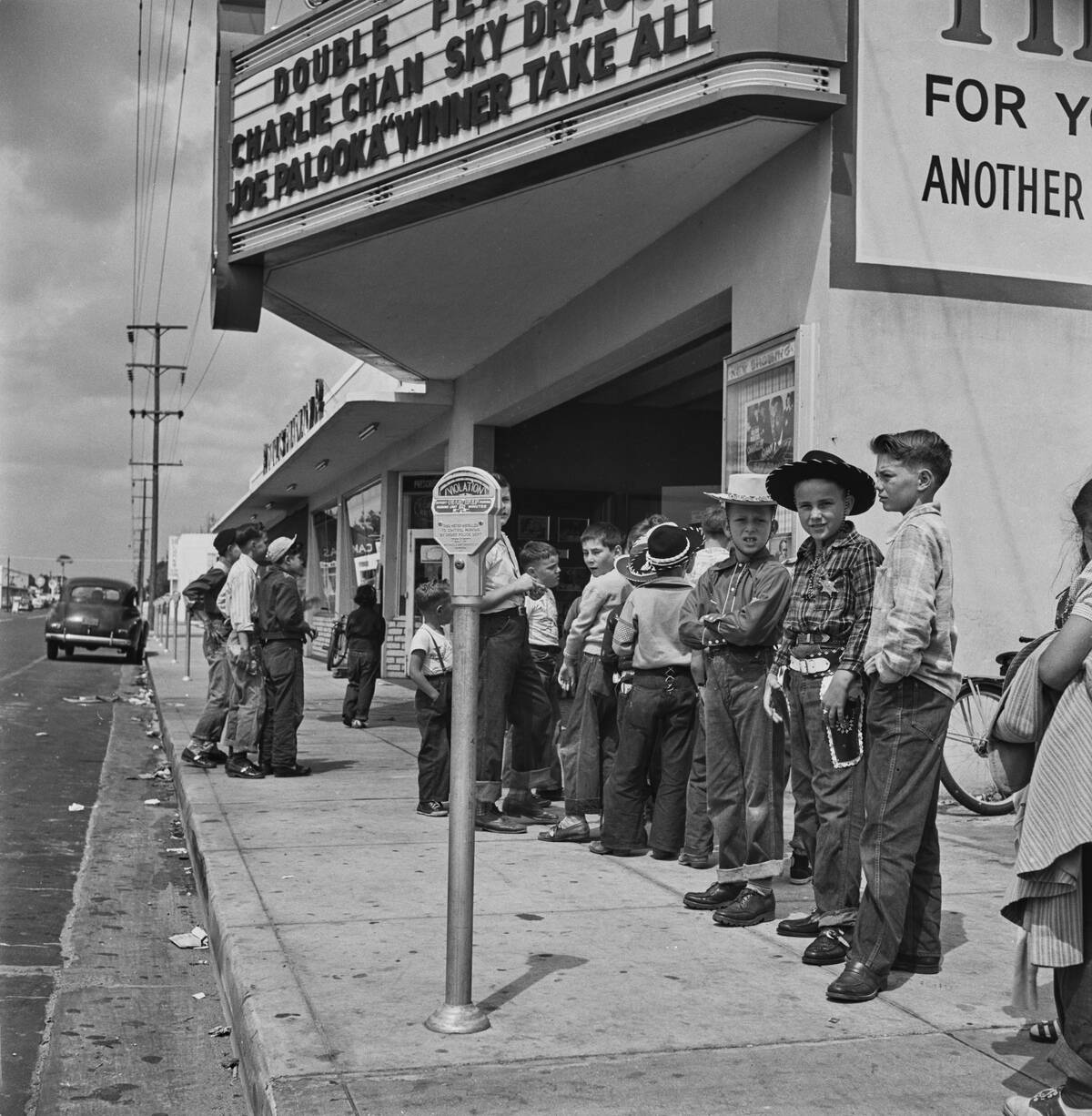
Moviegoing in the 1950s was a glamorous affair. With just 65 cents, you could escape into a world of Hollywood magic. This decade saw the rise of iconic stars like Marilyn Monroe and James Dean, and films like “Singin’ in the Rain” and “Rebel Without a Cause” captivated audiences. The theaters themselves were architectural marvels, with plush red seats and ornate ceilings, providing an ambiance that made every visit feel special.
A Gallon of Gas for Your Classic Car
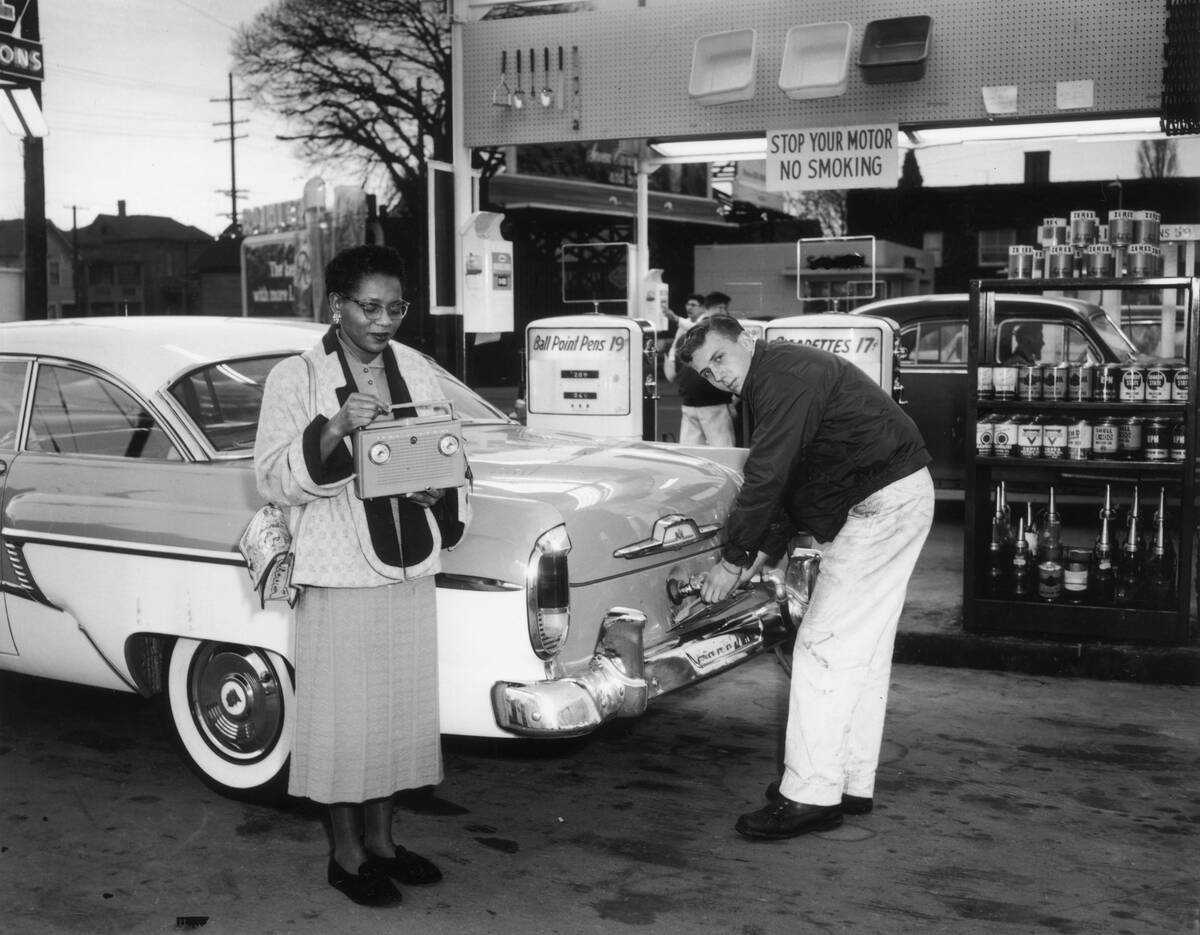
Picture cruising down Route 66 in a shiny Chevrolet Bel Air, with gas costing only about 27 cents per gallon. The 1950s were the golden age of the American automobile, with designs that boasted flashy chrome details and tailfins. Road trips were a popular pastime, as families explored the grandeur of national parks or simply enjoyed a Sunday drive. Gas stations were full-service, with attendants ready to pump your gas, check your oil, and clean your windshield.
A Hearty Diner Breakfast to Start Your Day
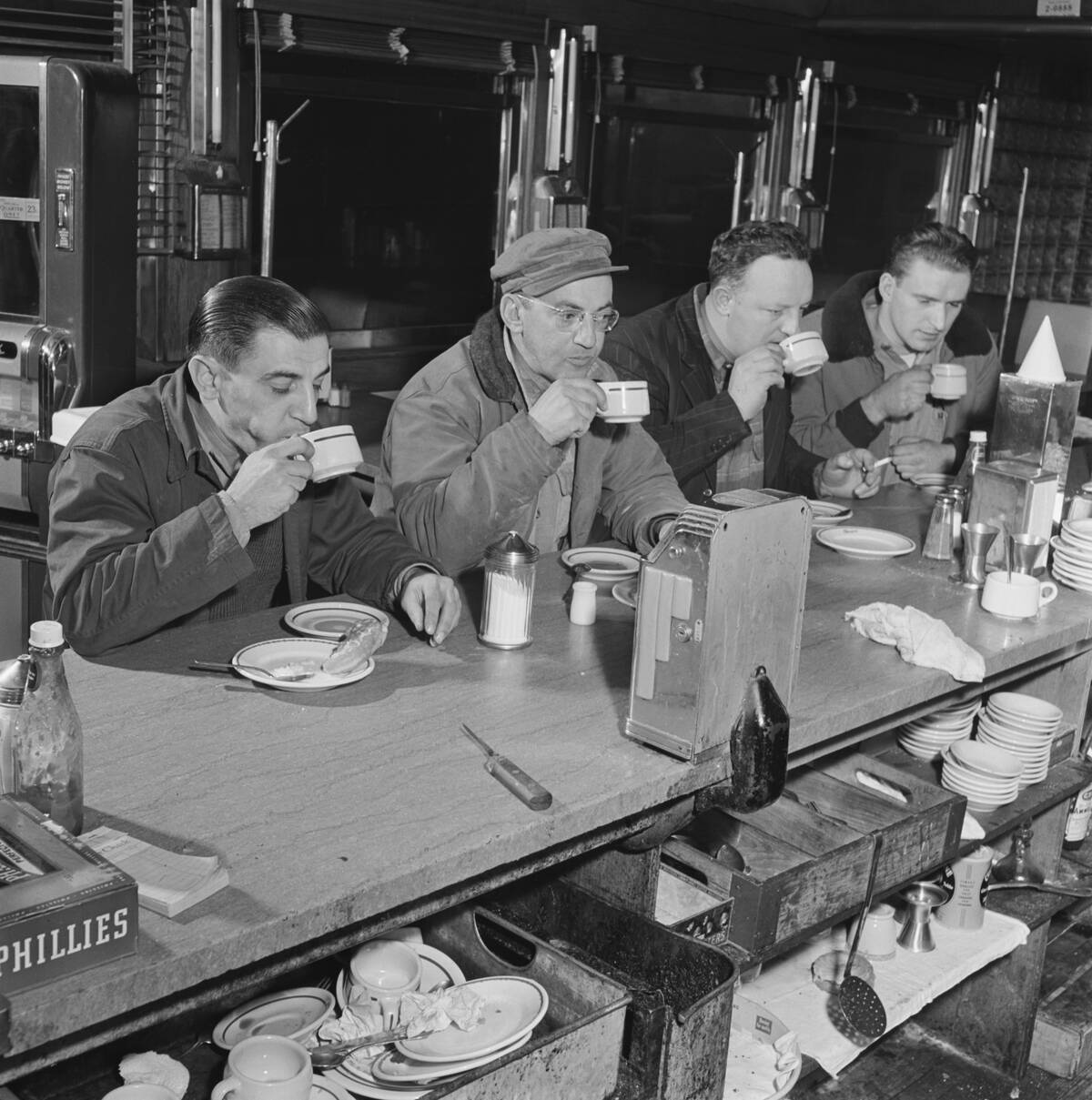
Start your day the 1950s way with a hearty diner breakfast. For just a dollar, you could enjoy eggs, bacon, toast, and a steaming cup of coffee served by a friendly waitress named Flo. Diners were the quintessential meeting spots, open 24/7 and offering a menu of comfort foods. The jukebox played the latest hits, as patrons relished in the simple joys of pancakes smothered in syrup and the hum of conversation.
A New Hit Record to Spin on Your Turntable
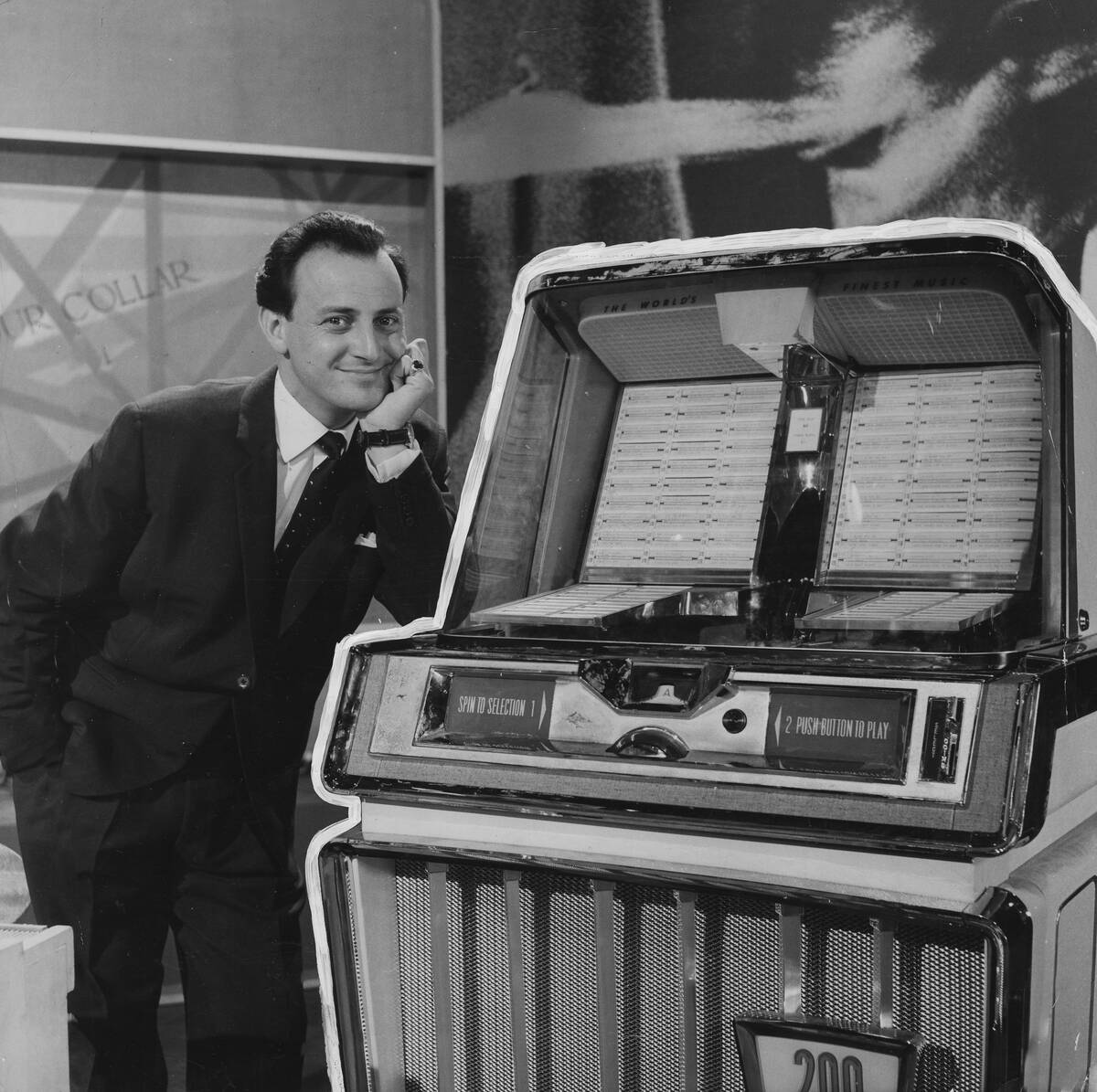
Music was an integral part of 1950s culture, and buying a new record was an event in itself. For around $1, you could bring home the latest single from artists like Chuck Berry or Buddy Holly. Teenagers would gather at home to spin records on their turntables, practicing dance moves like the twist. Record stores were treasure troves, filled with the vibrant sounds of rock ‘n’ roll, rhythm and blues, and the crooning voices of unforgettable vocalists.
A Pair of Roller Skates for the Local Rink
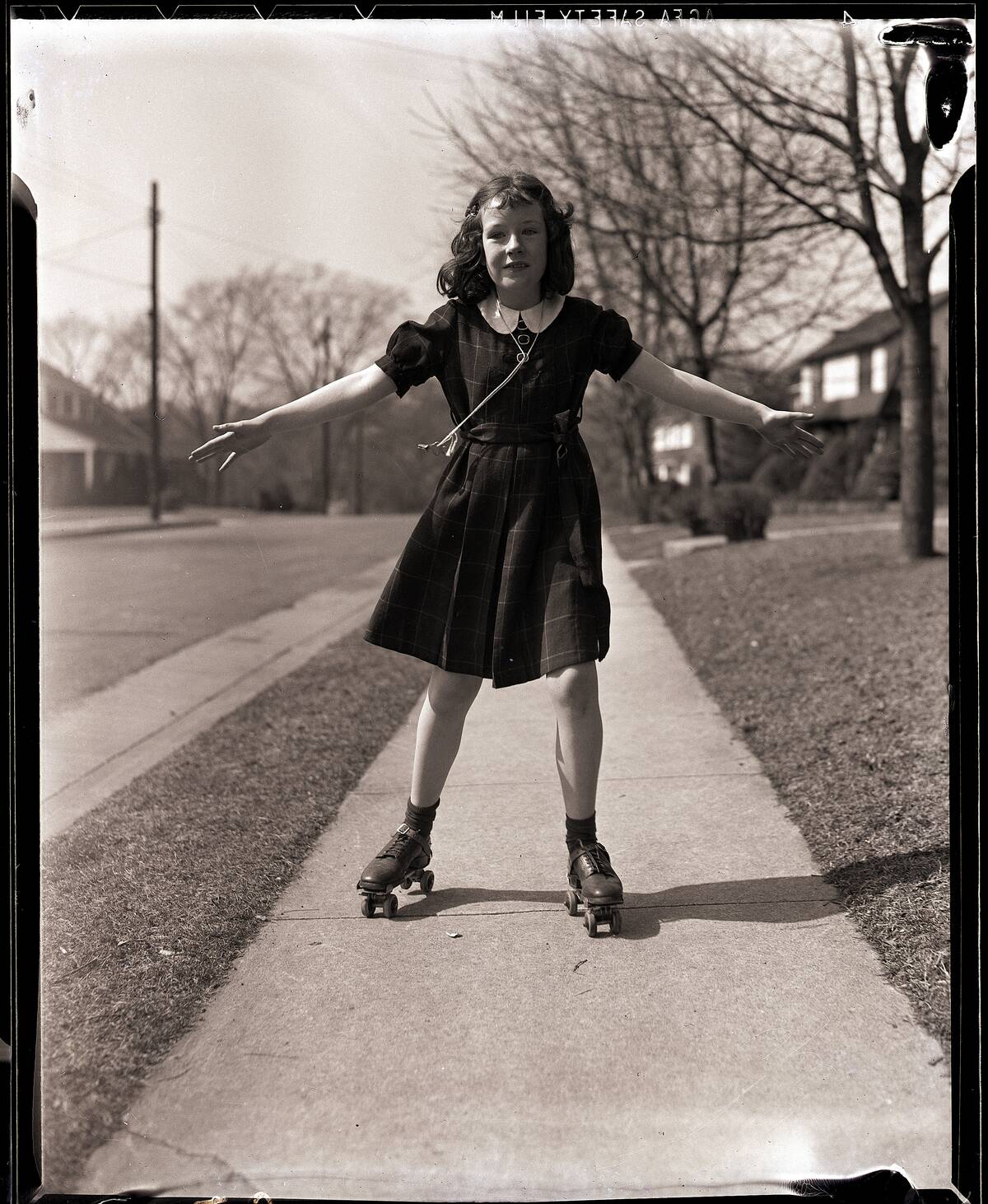
Roller skating was a beloved pastime in the 1950s, and for just a few dollars, you could glide across the rink on a pair of stylish skates. Rinks were lively places, with colorful lights and upbeat music that set the scene for fun and romance. Skating wasn’t just a sport; it was a social event where friendships were forged and memories were made. The rhythmic sound of wheels on the wooden floor was music to the ears of a generation.
A Freshly Baked Loaf of Bread from the Corner Bakery
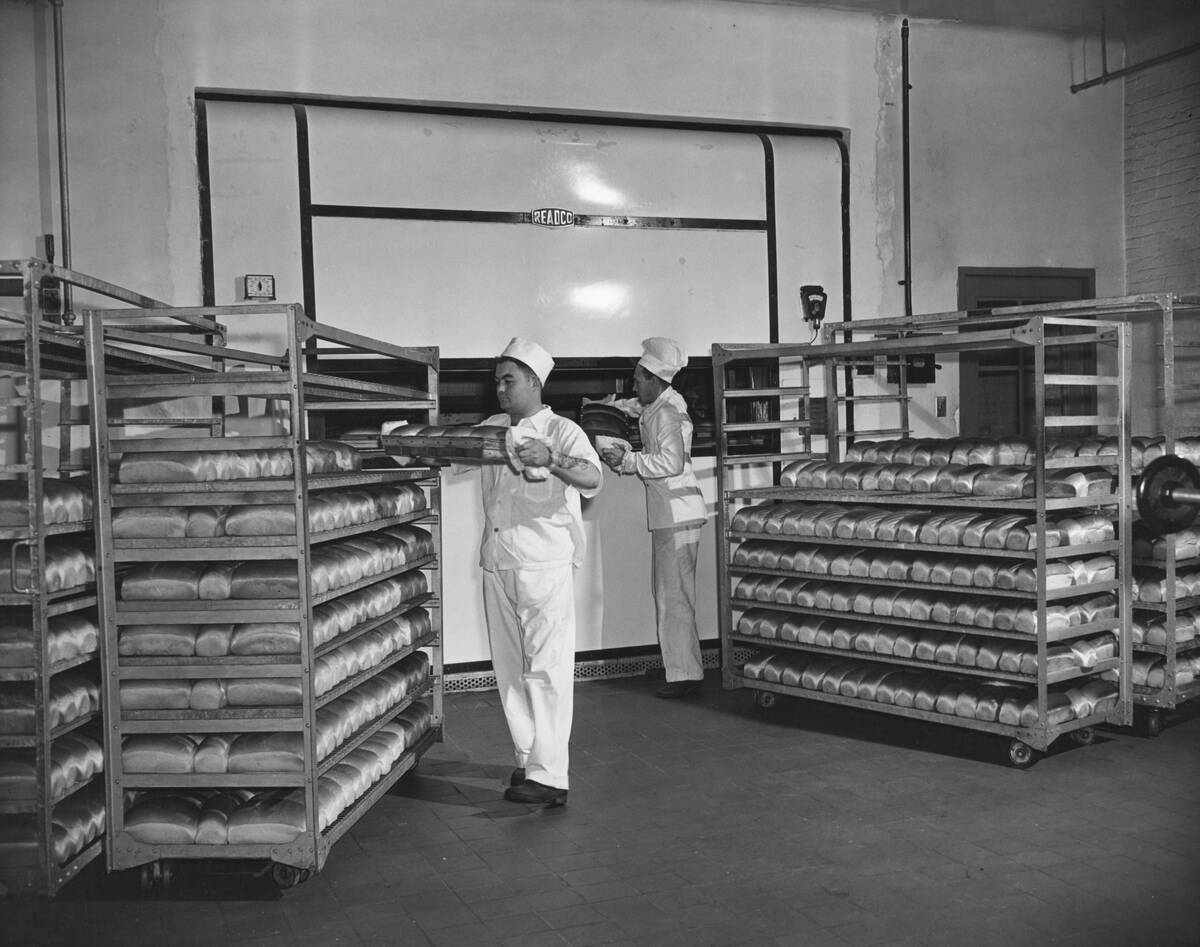
There’s nothing quite like the aroma of freshly baked bread wafting from the corner bakery. In the 1950s, a loaf of bread cost about 14 cents, and it was a staple in every household. Bakers took pride in their craft, using simple, wholesome ingredients to create loaves that were crusty on the outside and soft on the inside. Families often visited their local bakeries, where the personal touch and friendly service made every purchase a delightful experience.
A Haircut at the Local Barbershop
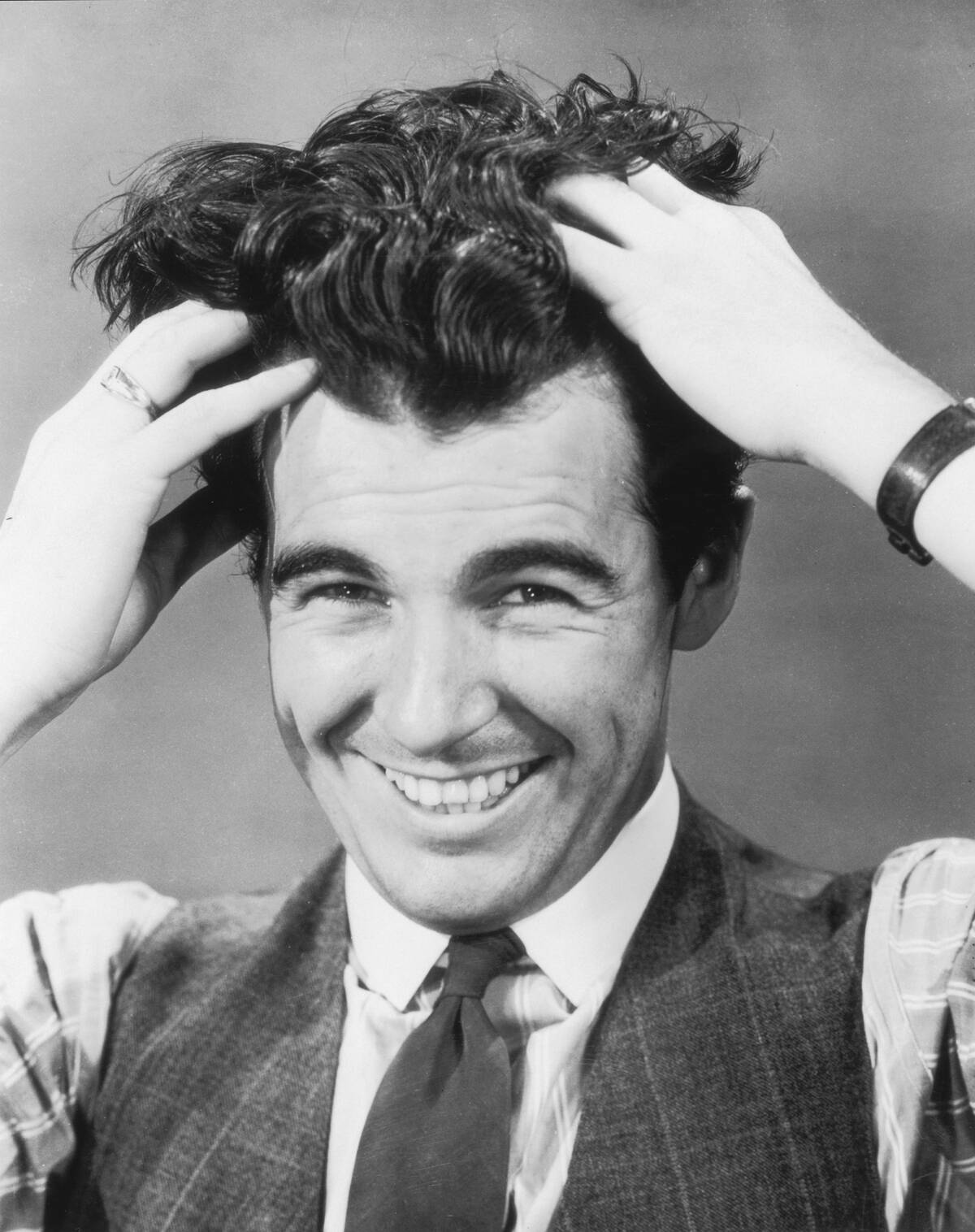
The local barbershop was more than just a place for a haircut; it was a community gathering spot. For a dollar or so, you could get a trim and catch up on the latest news and gossip. Barbershops had a charm all their own, with red and white poles spinning outside and the scent of talcum powder filling the air. The barber’s chair was a throne where transformations happened, with styles ranging from crew cuts to the popular pompadour.
A Pound of Ground Beef for Your Famous Meatloaf
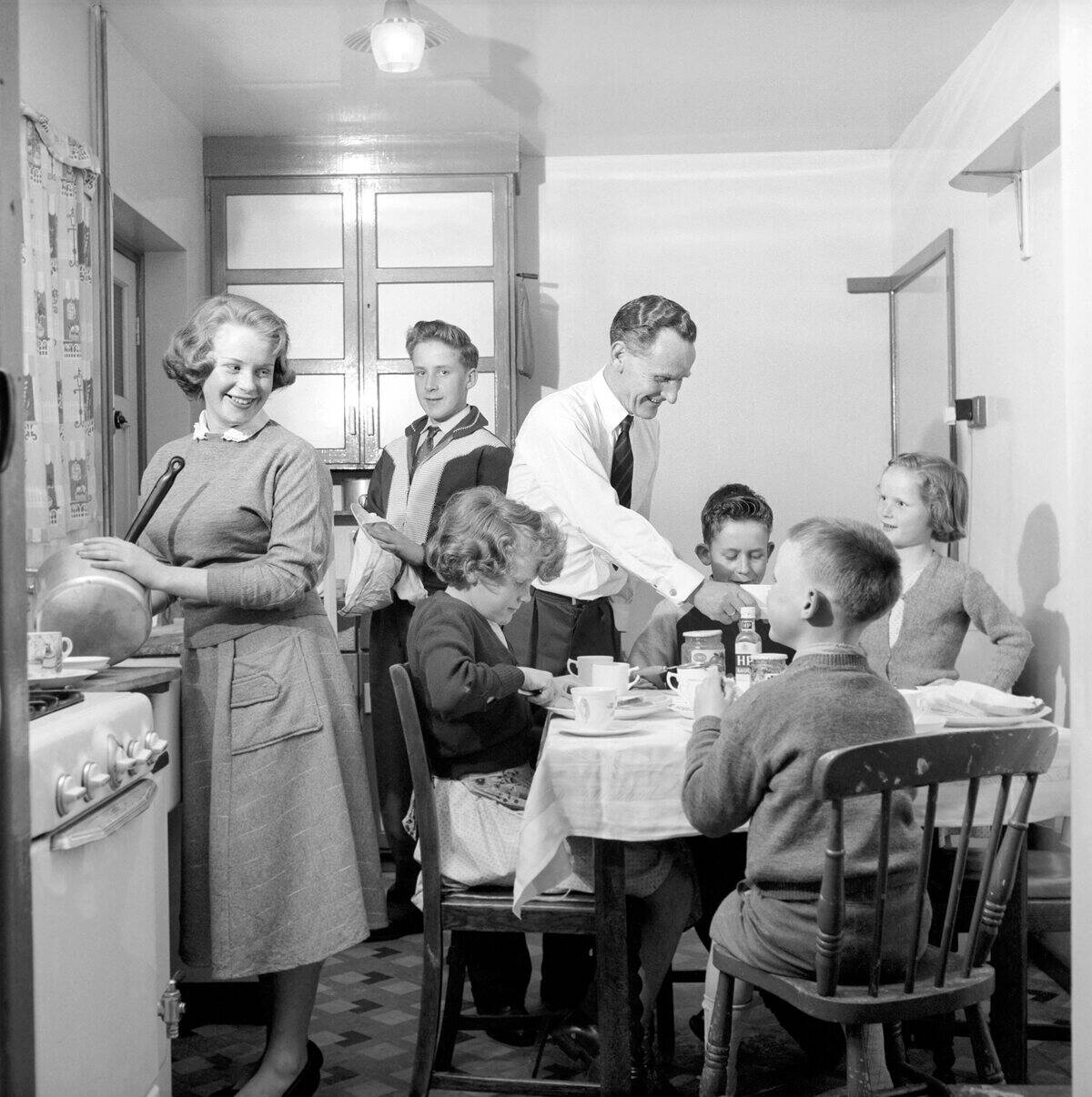
Home-cooked meals were the norm in the 1950s, and meatloaf was a family favorite. A pound of ground beef set you back around 30 cents and was the key ingredient in this classic dish. Kitchens were bustling with activity as families prepared meals together, often using recipes passed down through generations. The simple combination of beef, breadcrumbs, and spices baked to perfection was a comforting staple on many dinner tables.
A Matinee Show at the Local Theater

For just 25 cents, you could enjoy a matinee show at the local theater, a perfect weekend activity. Matinees were often family-friendly, showcasing cartoons or Westerns that delighted young audiences. The smell of buttery popcorn filled the air as kids settled into their seats, eyes glued to the silver screen. These afternoon shows were more than just entertainment; they were an adventure, transporting viewers to far-off places and thrilling tales.
A Stylish Scarf to Complete Your Outfit
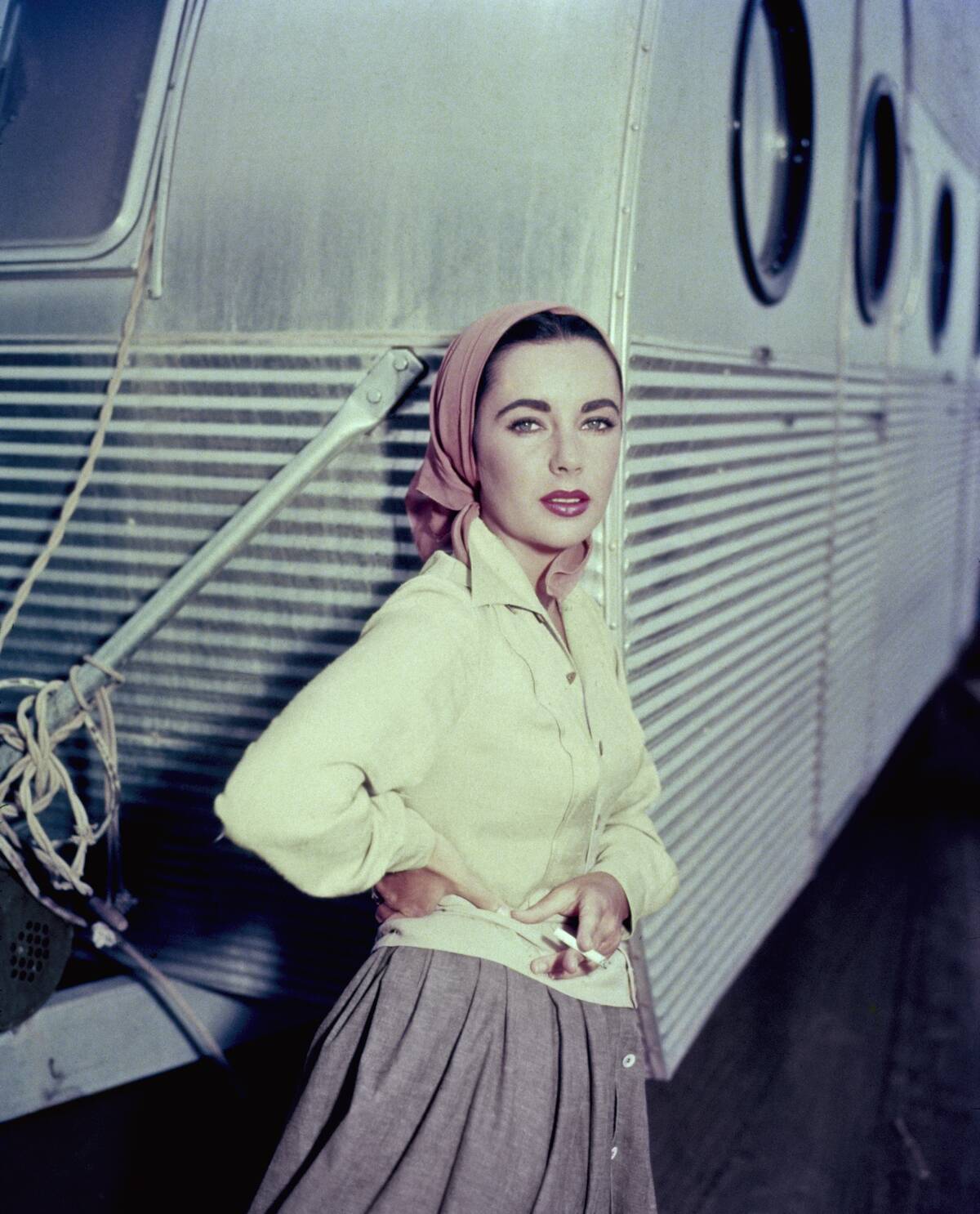
Accessories were essential in the 1950s, and a stylish scarf could be yours for just a couple of dollars. Scarves added a touch of elegance and flair to any outfit, whether tied around the neck or used as a headband. Fashion was all about expressing individuality and charm, with trends inspired by Hollywood icons. A well-chosen scarf could elevate a simple dress or complement a chic ensemble, making it a must-have in any wardrobe.
A Dozen Eggs for Your Morning Omelette
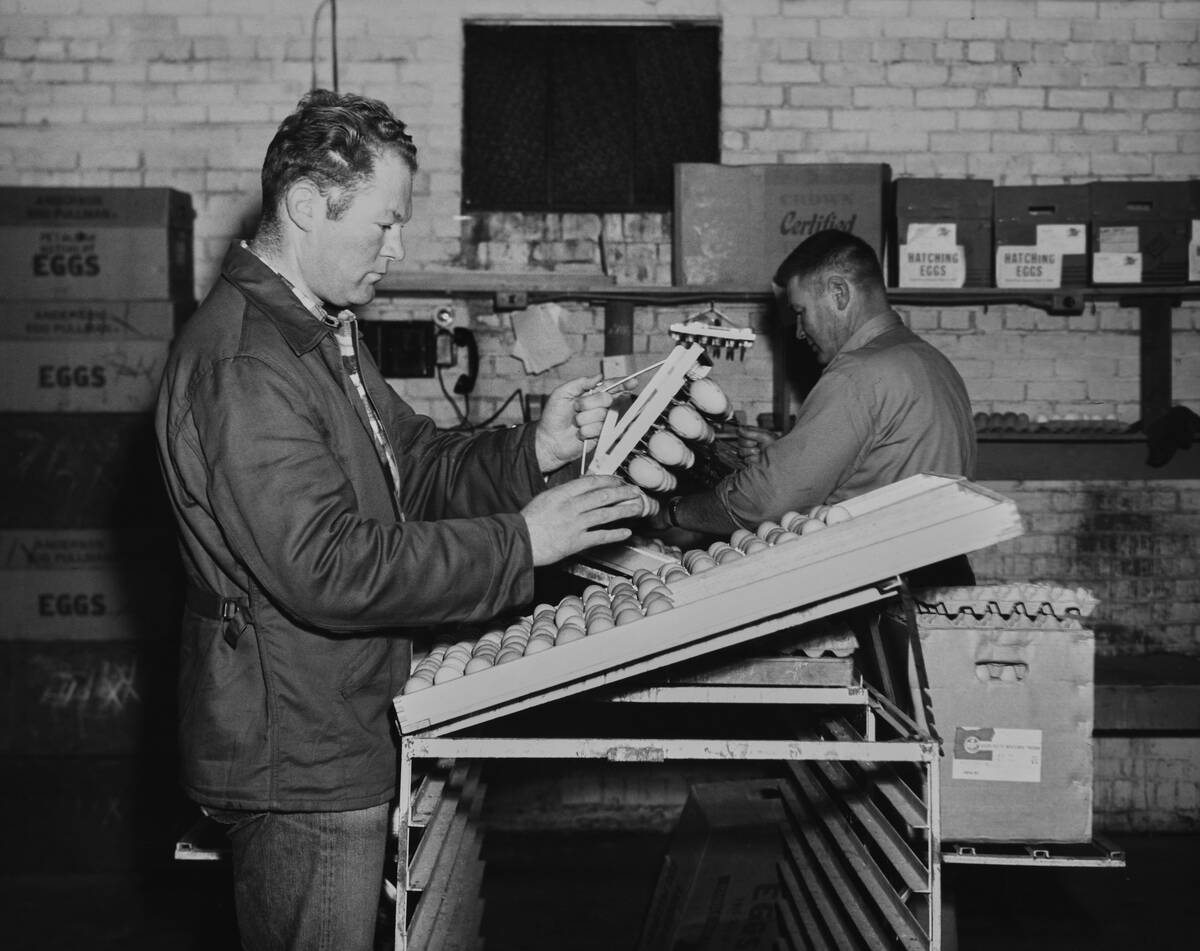
Breakfast was the most important meal of the day, and eggs were a staple in the 1950s kitchen. A dozen eggs cost about 60 cents, providing a versatile ingredient for various dishes. Omelettes were a popular choice, often filled with cheese, ham, and vegetables. Families gathered around the table each morning, sharing stories and planning their day, with the sizzle of eggs on the stove as a comforting soundtrack to their routines.
A Classic Comic Book for Your Collection
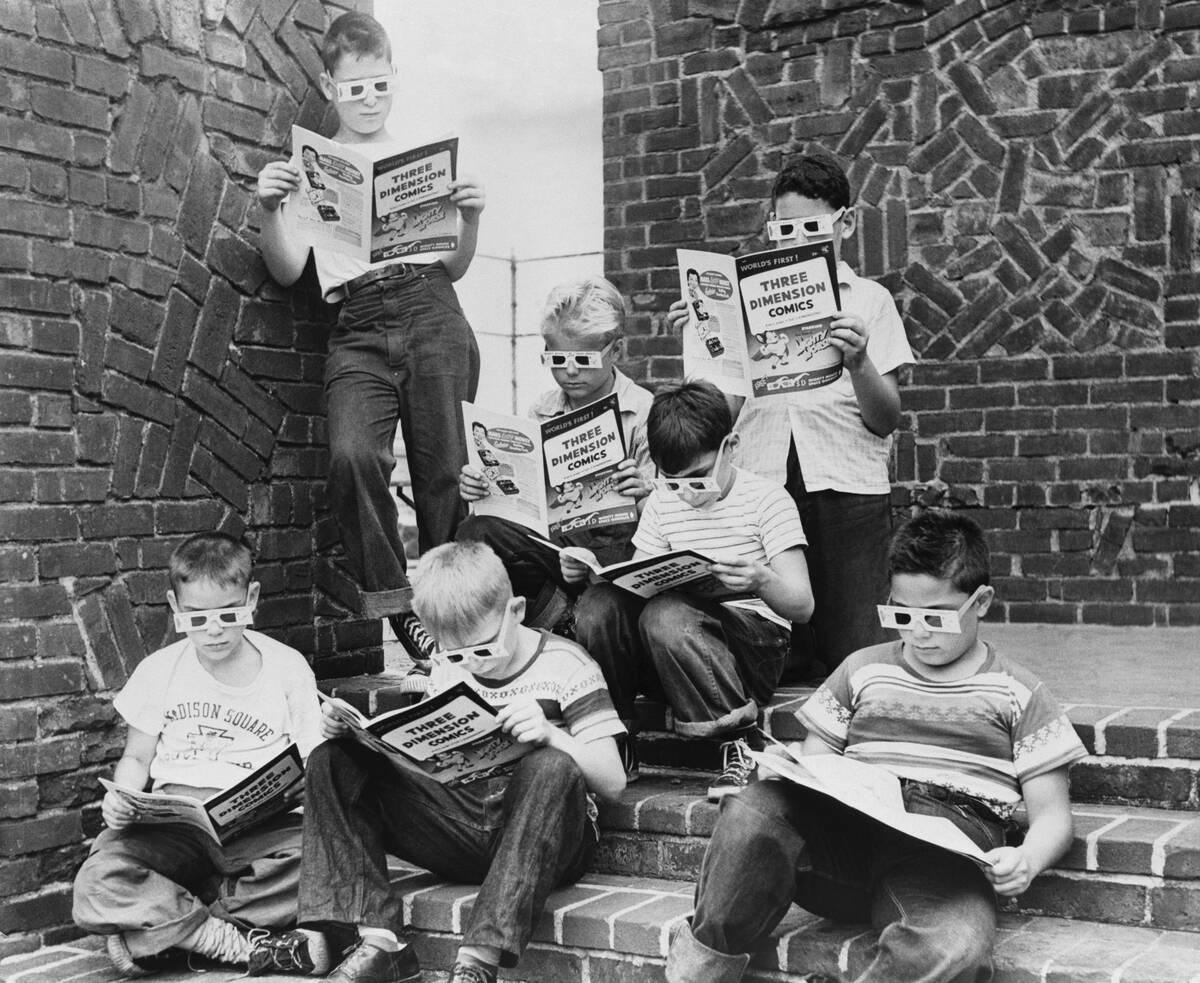
The 1950s were a golden age for comic books, with characters like Superman and Batman capturing the imaginations of young readers. For just 10 cents, you could dive into thrilling adventures and fantastical worlds. Comic book shops were treasure troves, offering stories that sparked creativity and fueled dreams of heroism. Collecting comics became a beloved hobby, with kids eagerly anticipating the latest issue and trading issues with friends.
A Small Toy for the Kids from the Five-and-Dime Store
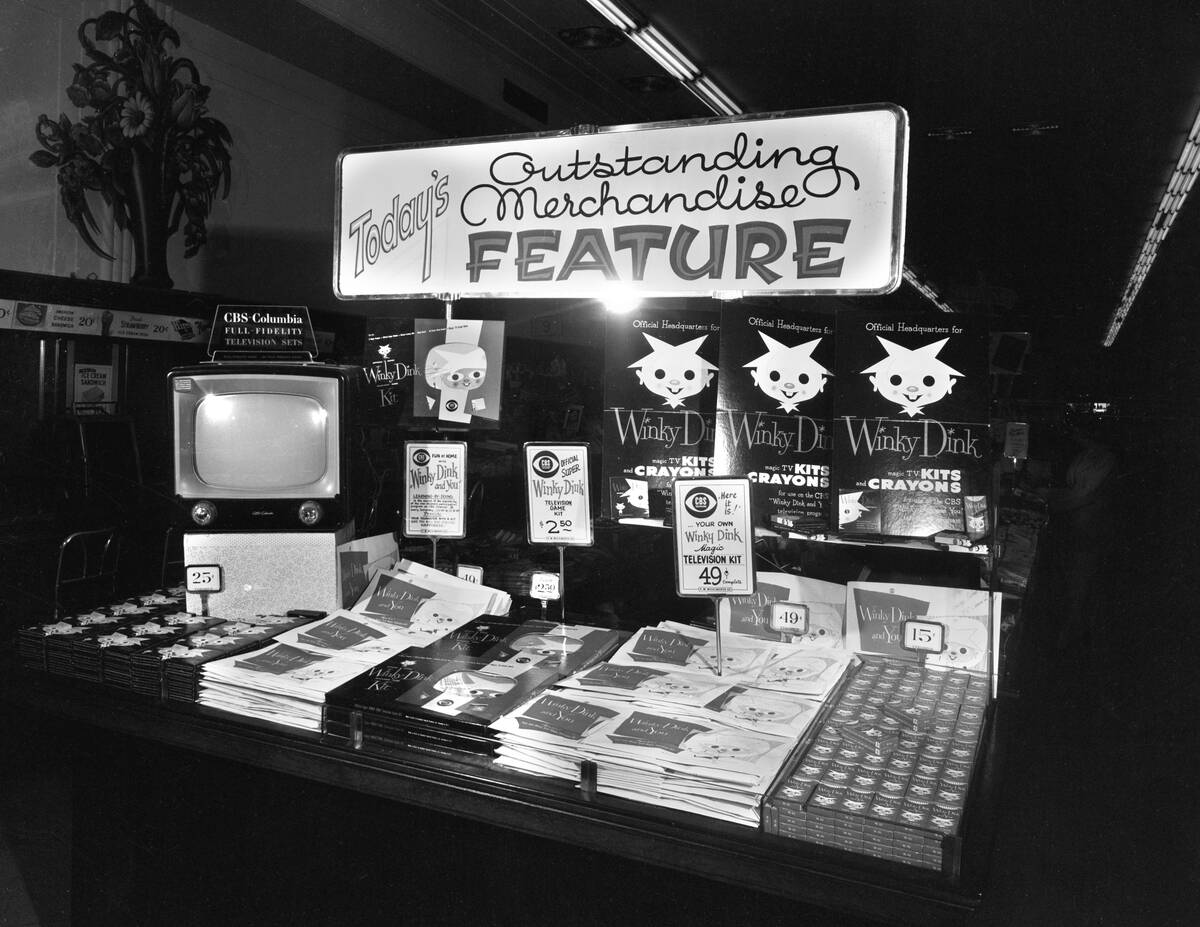
Five-and-dime stores were a child’s paradise, offering a wide array of toys for just a few cents. From marbles to yo-yos, these little treasures provided endless hours of entertainment. Kids would save their allowance to buy the latest novelty, and the joy of finding a new toy was unmatched. These stores were more than just shopping destinations; they were places of wonder and imagination, where simple pleasures brought immense joy.
A Postcard to Send Greetings Across the Miles
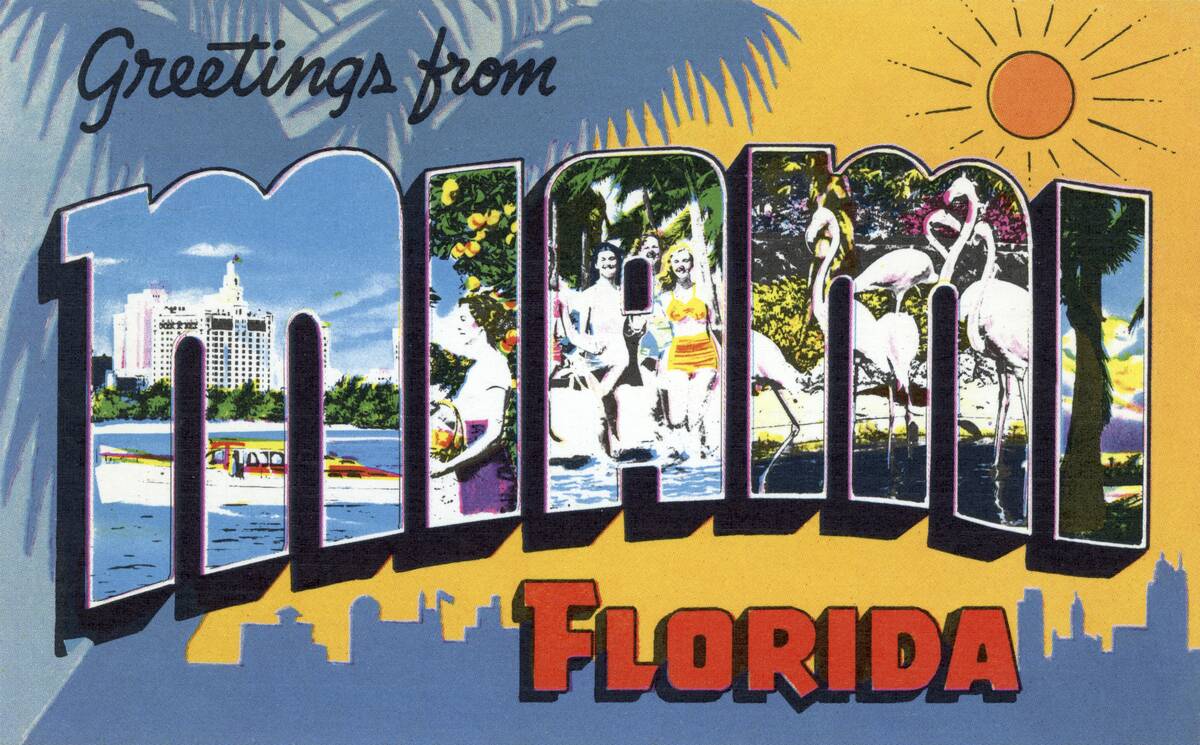
Sending a postcard was a delightful way to share travel experiences and greetings with loved ones. For a mere 3 cents, you could send a little piece of your adventure through the mail. Postcards featured vibrant images of landmarks, cities, and natural wonders, offering a glimpse into far-off places. Writing a quick note to family or friends was a thoughtful gesture, preserving memories and connecting people across the miles in an era before digital communication.
A Bus Fare for a Short Trip Across Town
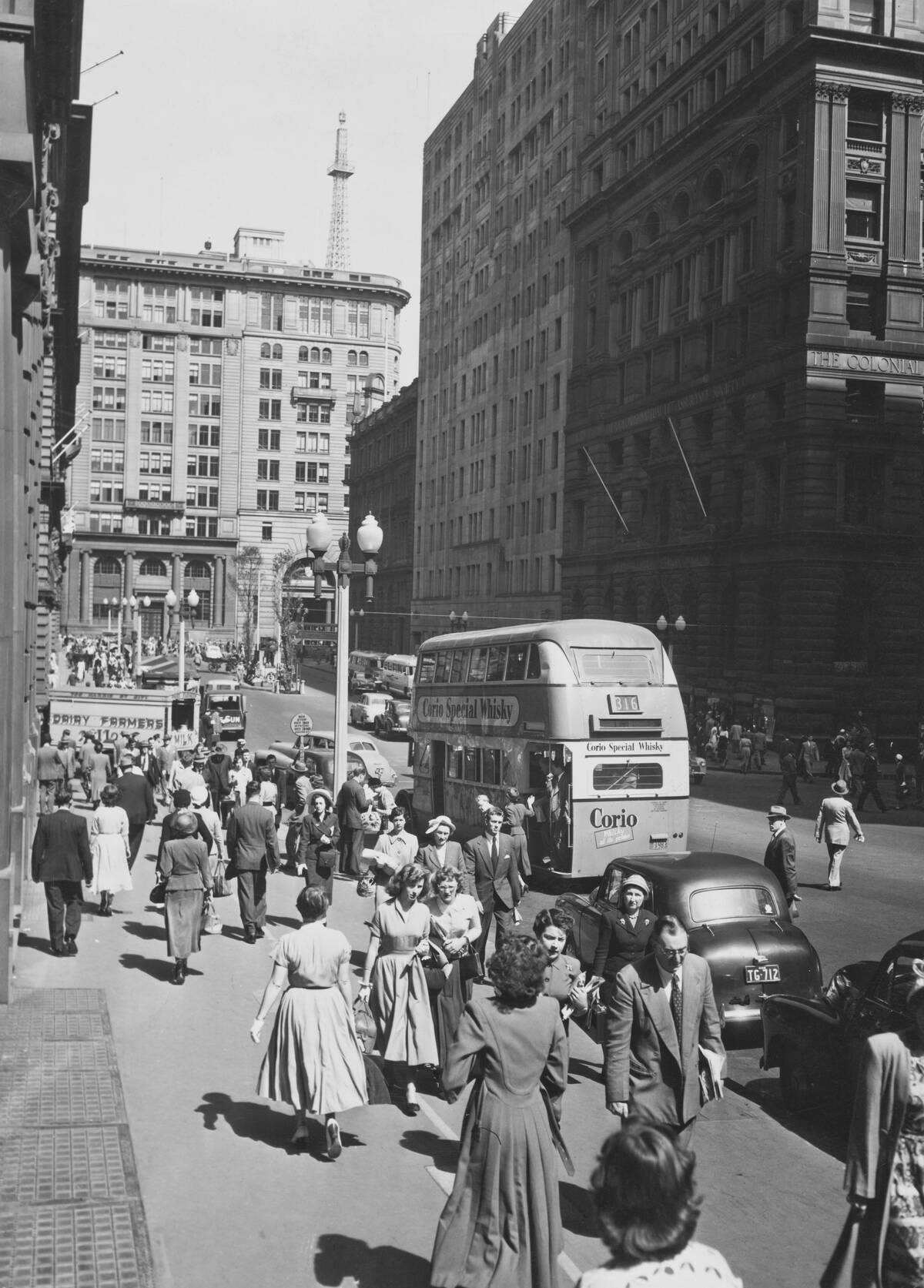
Public transportation was an affordable and convenient way to get around town in the 1950s. For just 10 cents, you could hop on a bus and head to your destination. Buses were a common sight, their routes connecting neighborhoods and bustling city centers. The rhythmic hum of the engine and the chatter of passengers created a lively atmosphere, as people commuted to work, school, or simply explored the vibrant streets of their community.




